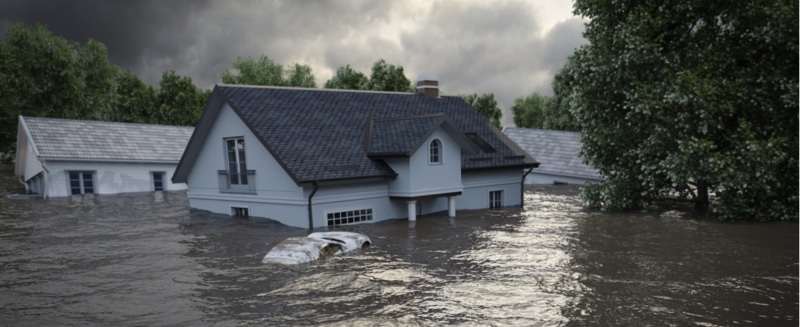Watch out for these real estate trends in 2019 from the Urban Land Institute, including increasing insurance payouts and heightened cybersecurity risks.
The most startling trend they’ve documented (and we’re all experiencing) is the tremendous cost of natural disasters. Major natural disasters like hurricanes and wildfires cost the U.S. a shocking $50 billion in 2016 and shot up to an almost unimaginable $300+ billion in 2017.
Sadly, the Urban Institute predicts that natural disaster recovery costs will only increase as we continue to experience the dramatic effects of climate change. As examples, you only have to think about what’s going on in Miami Beach, Florida just several weeks past Hurricane Michael and in Puerto Rico, a year later, where 35,000 jobs were lost and the island is still suffering economically.
Having adequate insurance is now an even higher priority for property owners in areas at risk for floods, wildfires or violent storms, but homeowners should also keep an eye out for increases in premiums as property/casualty insurers that experienced massive payouts over the past year or two will be pricing that risk into premiums going forward.
The Urban Institute has noted another disturbing real estate trend: homeowners in areas with an increased flood risk are seeing their property values fall. Between 2005 and 2017, properties in New York, Connecticut, New Jersey, Florida, South Carolina, Virginia and Georgia lost a collective $14.1 billion in value ($6.7 billion from the tri-state area alone).
In response to the devastation from natural catastrophes, many cities are enhancing their resilience through new building requirements and incentives, incorporating these into new or updated zoning and building codes.
Houston’s city council, for example, made changes to flood regulations requiring new construction and retrofits to be at least two feet above the 500-year floodplain. It’s the first change they’ve made to flood regulations in 10 years. New York City is informing the design of all city capital projects with the reissued Climate Resiliency Design Guidelines. And Miami Beach invested $600 million to elevate roads and pumps to combat sunny-day flooding.
Another trend facing the real estate industry is the increasing need for cybersecurity risk management. The technological interconnectedness real estate firms depend on has also made those systems and the supply of information necessary to sell property and close deals more vulnerable. By establishing industry norms and best practices for both primary defensive purposes and for evaluating risk/reward parameters stemming from technology, the real estate industry may be able to avoid some of the data debacles that have affected governments, the credit industry, retailers and utility systems.
The real estate industry also faces a decline in real estate transaction volume. Millennials, hamstrung by high student loan debt and credit card debt, are waiting until their 30s to buy real estate. Investors might be pulling back in light of other concerns, like labor shortages, higher interest rates and loan fees, tariff and trade tensions, political issues, and a potential asset bubble on Wall Street. Problems with infrastructure and negative economic consequences from the current administration’s approach to border security will affect the real estate industry, not just in 2019 but for years to come.







Leave A Comment